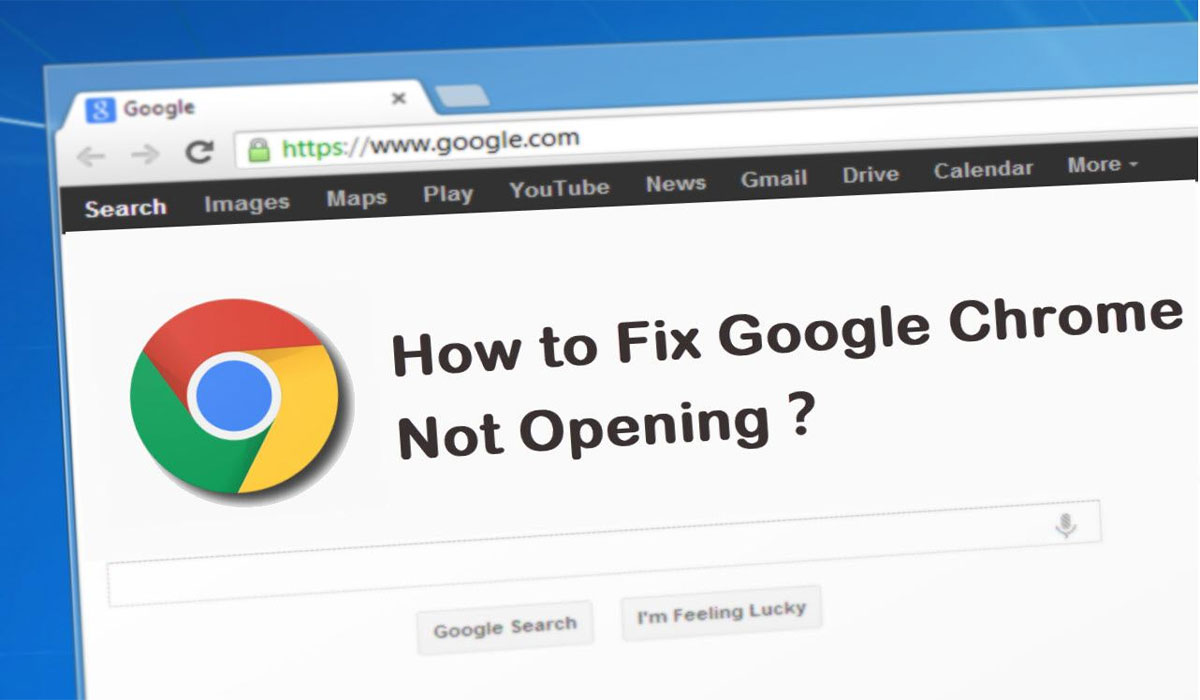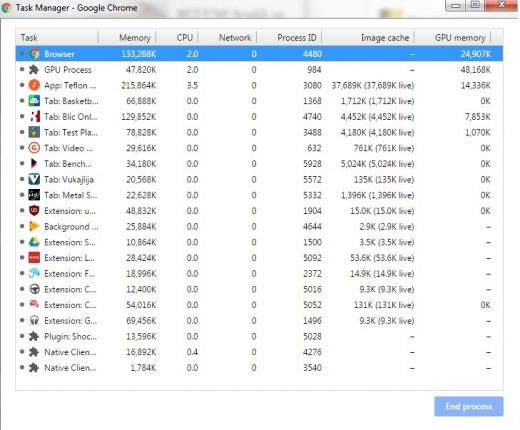
If you scatter updates over a longer period, some users might fall behind by more than one version. You can scatter updates over a period of days, but you should choose the fewest days possible, such as 2 or 3.

Scattering specifies the number of days over which users’ devices download an automatic update.

In your Google Admin console, make sure that Restrict Google Chrome version to at most is set to No restriction.
Version pinning prevents devices from automatically updating to versions of ChromeOS beyond the version number that you specify. For details, see Turn on auto-updates (recommended). In your Google Admin console, make sure that Device updates is set to Allow updates. By default, ChromeOS devices autoupdate to the latest version of Chrome when it’s available. Devices might not be able to autoupdate to the latest version of ChromeOS for a few reasons. Depending on the version number, it might take multiple updates to get to the latest version. Step 1: Check common issuesĭevices with any version of ChromeOS can autoupdate to the latest version on the Stable channel. ( I have slightly altered the solution for easier understanding.Sometimes, you can have trouble automatically updating ChromeOS on managed devices. The simplest fix (that worked for me) came from the Microsoft Forum. There are a lot of suggestions for solutions around (just google chrome CryptSvc fix) Try the following steps to see if you are affected by this problem:Ĭan you browse sites with Google Chrome now? If so, you are affected and this is only a temporary fix. !topic/chrome/s5S1uPI0kMc Are you affected? The 1803 update can cause a core Windows identity service (CryptSvc) to loop endlessly and stall connections. 
It is an (unknown) artifact of how Windows is installed or updated. The problem started with the April 2018 Win10 1803 Feature Update and can also happen with fresh Windows installs that use 1803.

The problem has been discussed on Google Chrome's help forum:








 0 kommentar(er)
0 kommentar(er)
